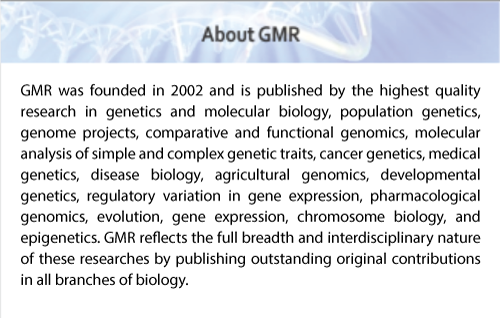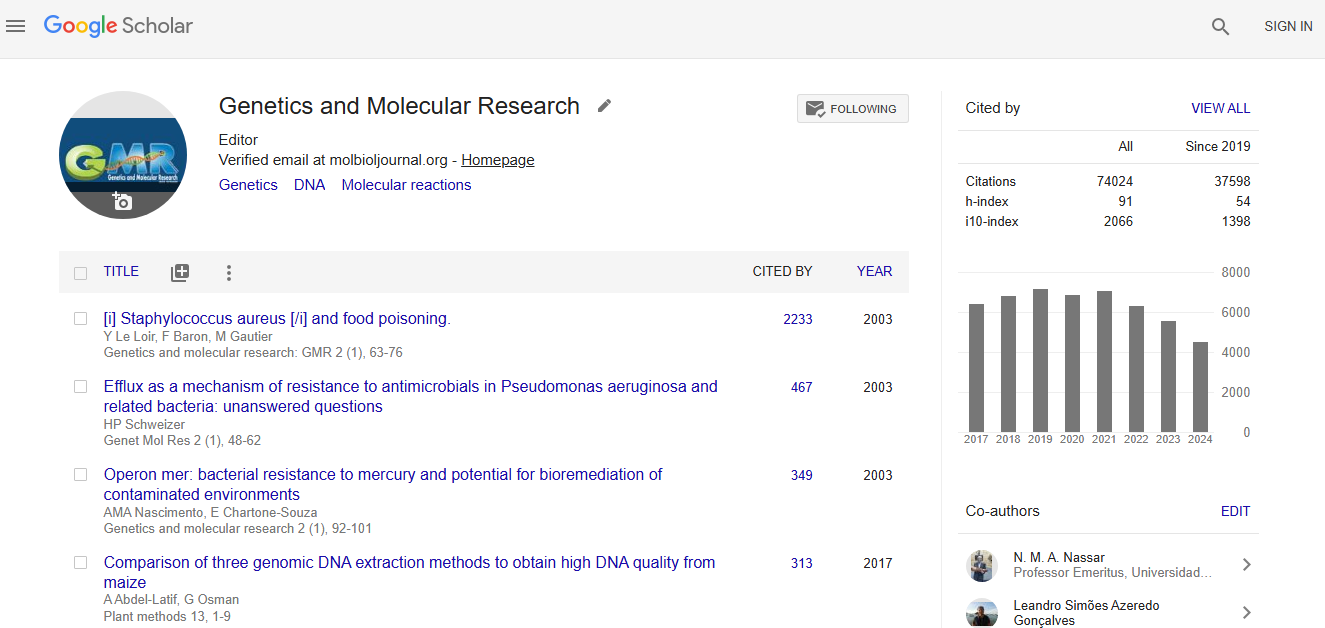Abstract
Using artificial neural networks to select upright cowpea (Vigna unguiculata) genotypes with high productivity and phenotypic stability
Author(s): L.M.A. Barroso, P.E. Teodoro, M. Nascimento, F.E. Torres, A.C.C. Nascimento, C.F. Azevedo and F.R.F. TeixeiraCowpea (Vigna unguiculata) is grown in three Brazilian regions: the Midwest, North, and Northeast, and is consumed by people on low incomes. It is important to investigate the genotype x environment (GE) interaction to provide accurate recommendations for farmers. The aim of this study was to identify cowpea genotypes with high adaptability and phenotypic stability for growing in the Brazilian Cerrado, and to compare the use of artificial neural networks with the Eberhart and Russell (1966) method. Six trials with upright cowpea genotypes were conducted in 2005 and 2006 in the States of Mato Grosso do Sul and Mato Grosso. The data were subjected to adaptability and stability analysis by the Eberhart and Russell (1966) method and artificial neural networks. The genotypes MNC99-537F-4 and EVX91-2E-2 provided grain yields above the overall environment means, and exhibited high stability according to both methods. Genotype IT93K-93-10 was the most suitable for unfavorable environments. There was a high correlation between the results of both methods in terms of classifying the genotypes by their adaptability and stability. Therefore, this new approach would be effective in quantifying the GE interaction in upright cowpea breeding programs.
Impact Factor an Index

Google scholar citation report
Citations : 74024
Genetics and Molecular Research received 74024 citations as per google scholar report
